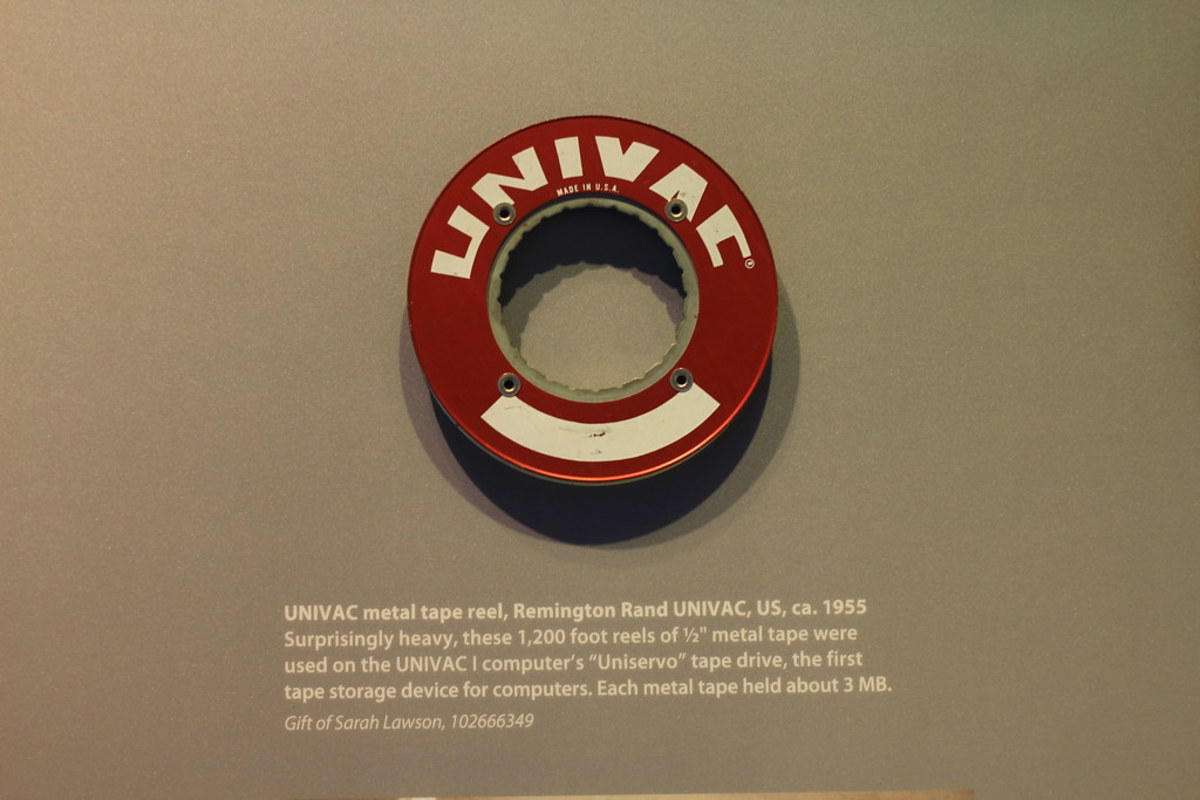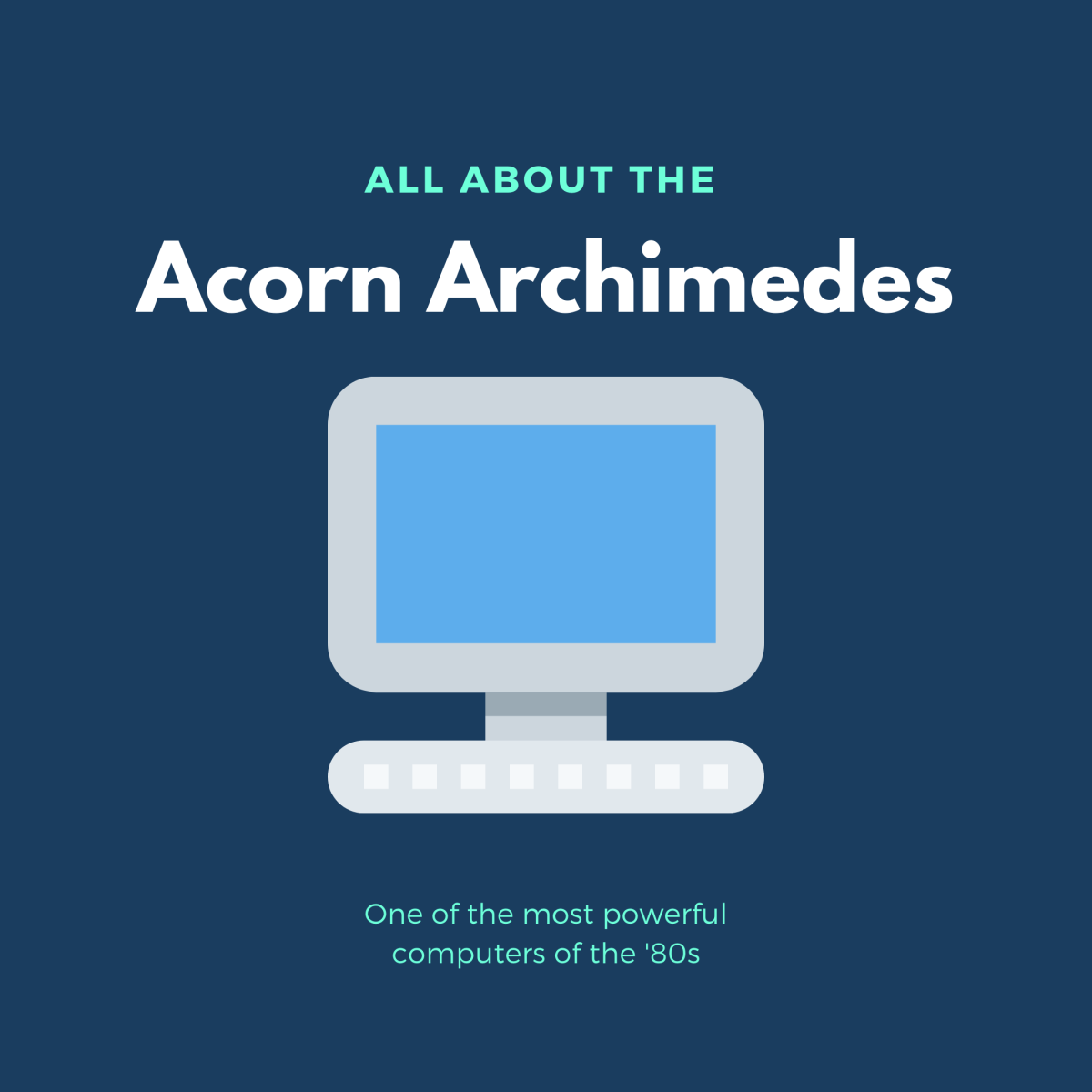From Switch to Computer
All organic or inorganic matters on Earth are made of atoms . All computers large or small are built of simple on/off switches. This switch inside the computer is similar in nature to the household on/off light switch. However, the two differ in size, speed, and control.
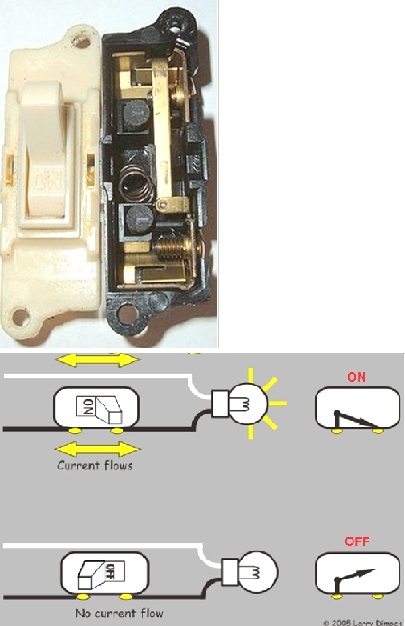
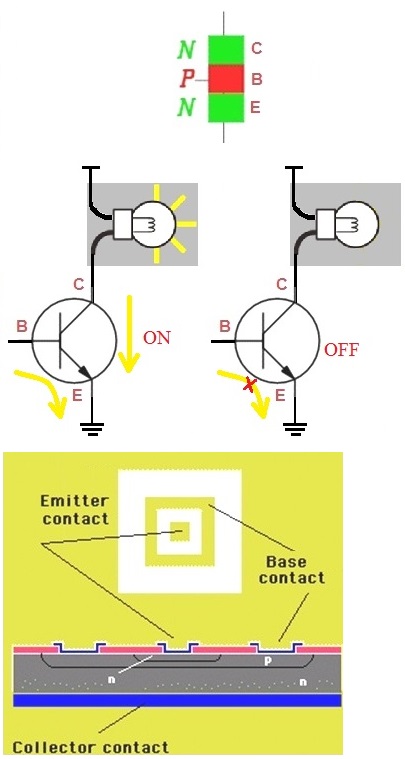
Size - The household switch is a mechanical device , thus, it is bulky. The computer switch is electronic in nature and made of semiconductor . Thus, it can be made as small as the advance in the semiconductor process technology .
Speed - It takes a minimum of half a second to change the state (on to off, off to on) of a mechanical switch. The computer switch can change state in less than a nanosecond (1 billionth of a second).
Control - The household switch is flipped on/off by a person’s finger. The computer switch is turned on/off by a small electrical voltage or current .
Transistor
The transistor is a semiconductor based electronic switch (one of its function) invented in 1947. Its turn-on time was slow and consumed a lot of power. After decades of research and technological advances, the present day transistor can be 60 nm x 80 nm x 20 nm (Length x Width x Depth, nm = 1 billionth of a meter). As the size of the transistor shrinks, so does that of the computer.
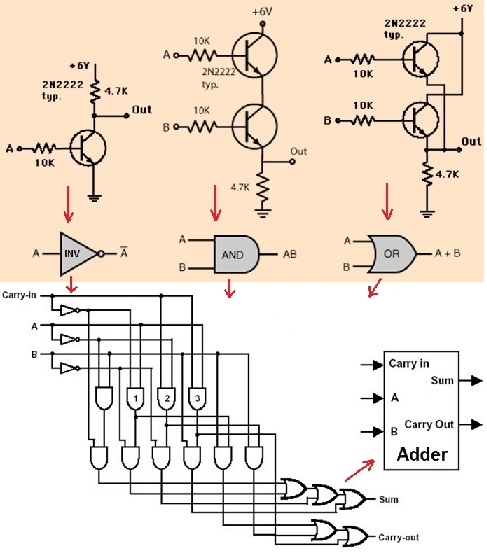
In order to perform complex functions, several transistors are connected together in such a way to form the three basic logic elements – INVERTOR, AND, OR – also called Logic Gates. From them, more complex functional blocks – Registers, Adder, Decoders, Counters, Memory – can be built. With these discrete components, computer was designed and built much easier. It was still big and expensive with limited capabilities.
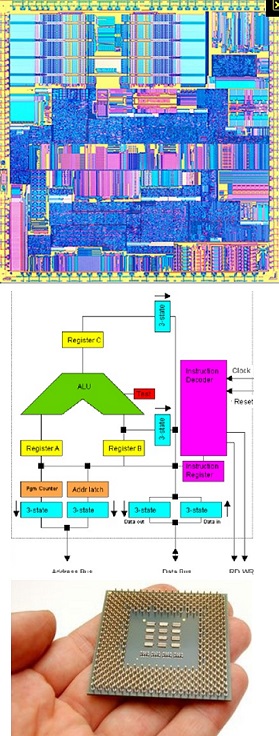
Microprocessor
With the advance in semiconductor fabrication technology, the heart of the computer’s processing function can now be integrated into a single component made of thousands of logic gates which translate into tens of thousands of transistors. This functional integrated component is called the microprocessor . It is able to fetch, process, and execute software instructions stored in the external memory. More importantly, the computer built with the microprocessor is small and affordable to the general public. With the microprocessor, the dawn of the personal computer age has arrived.
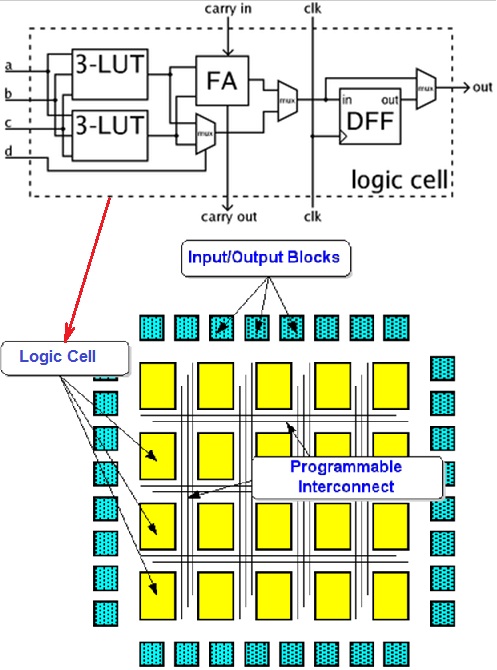
Field Programmable Gate Array
To design and build a microprocessor requires many engineers , a big budget , and many hours. Another words, it is a team effort. This scenario is changes with the advent of the Field Programmable Gate Array (FPGA). FPGA is also a functional integrated component. In simplified terms, it contains all the logic gates necessary to build a microprocessor and more. But, the logic cells and the interconnections inside it are programmable, such that its function can be reconfigured . With an inexpensive development tool , one engineer can learn to design and build a microprocessor or similar complex functions with a small budget in a short time. With FPGA, more unique and custom functions can now be integrated into a single or fewer components. The use of FPGA not only shrinks the size of computer further but also makes the computer more versatile .
Conclusion
It takes several decades of human ingenuity and technological advance from the time that the electronic switch was invented to the development of the computer. Today, the reliable computers of varying complexity are used in the banking industry to keep track of our money, in the airplanes to ensure the safety of each flight, in the internet networks to manage the ever increasing data traffic , in the nation’s defense system to protect the country from foreign invasion , etc. In short, computers are used everywhere performing complex and repetitive tasks to make our life easier and safer. But, it is always worthwhile to remind ourselves that the seemingly omnipotent, omnipresent, and omniscience computer is made of nothing but the simple and humble on/off switches.




